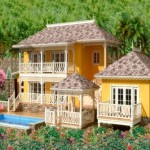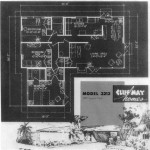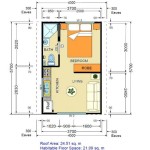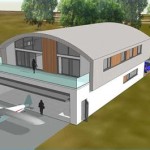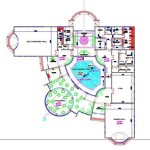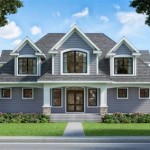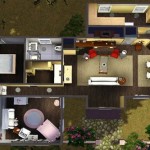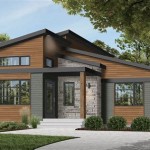Essential Aspects of Arab Style House Plans: A Comprehensive Guide
Arab style house plans are renowned for their distinctive architectural elements and intricate designs. They embody the rich cultural heritage and traditions of the Arab world, offering homeowners a unique and captivating living experience. If you're considering building an Arab style home, understanding the essential aspects of these plans is crucial to ensure an authentic and functional outcome.
1. Symmetry and Proportion
Arab style house plans emphasize balance and proportion. Buildings are often symmetrical, with a central axis or courtyard that divides the space. The use of arches, columns, and other geometric shapes creates visual interest and harmony throughout the home.
2. Courtyards and Gardens
Courtyards play a vital role in Arab style house plans. They provide natural light, ventilation, and a private outdoor space for relaxation and entertainment. Courtyards are often decorated with fountains, plants, and seating areas, creating a tranquil oasis within the home.
3. Arches and Domes
Arches and domes are signature elements of Arab architecture. They add elegance and grandeur to interiors and exteriors. Arches are used to create doorways, windows, and decorative niches, while domes often crown the roofs of rooms, providing a sense of spaciousness.
4. Geometric Patterns
Geometric patterns are intricately woven into Arab style house plans. They appear in tilework, woodwork, textiles, and decorative elements. These patterns reflect the rich craftsmanship of the Arab world and add visual depth and texture to the home.
5. Mashrabiyas
Mashrabiyas are wooden or metal screens that are traditionally used in Arab architecture for privacy and ventilation. They feature intricate latticework that allows airflow while maintaining privacy from the outside. Mashrabiyas can be found in windows, balconies, and other areas of the home.
6. Muqarnas
Muqarnas is a decorative element used in Arab architecture to create intricate and visually stunning vaulted ceilings. It consists of a series of small, interlocking niches that form a honeycomb-like structure. Muqarnas adds depth and elegance to interiors.
7. Riwags
Riwags are covered walkways or porches that are attached to the exterior of Arab style houses. They provide shade from the sun and create a transition space between the indoor and outdoor areas. Riwags can be decorated with arches, columns, and other architectural features.
Incorporating these essential aspects into your Arab style house plan will result in a home that is not only aesthetically pleasing but also authentic and functional. By embracing the rich architectural heritage of the Arab world, you can create a living space that exudes elegance, comfort, and cultural significance.

Arabia 2214 1049 3 Bedrooms And 2 5 Baths The House Designers

Arab House Plans With Photos Double Floor Modern Architecture Patterns

Modern Arabic Villa Architectural Design Comelite Architecture Structure And Interior Arco

Pin Page

House Plan 59155 Traditional Style With 1903 Sq Ft 3 Bed 2 Ba

Arab Style House Architecture In Kerala Home Design And Floor Plans 9k Dream Houses

Modern Arabic Style Exterior House Other By Dar Al Tasameem Houzz Ie

5 Unknown Features Of Traditional Arab House Design

7 Modern Arabic Villa Designs That Celebrate Once Decoist

Explore Arabic Villa Styles Find Yours 2024

